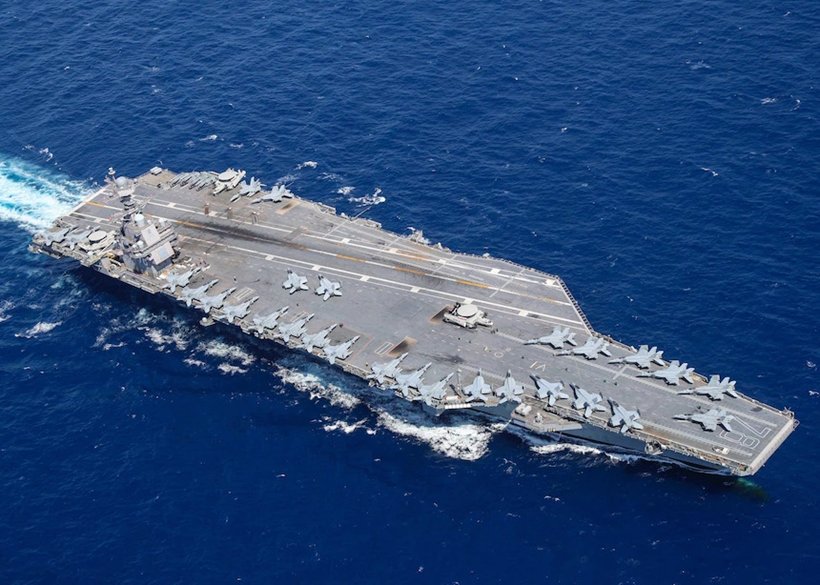The United States has recently augmented its military presence in the Middle East by deploying additional aircraft carriers, a move that underscores escalating tensions in the region. This strategic decision aims to deter potential threats, particularly from Iran and its allied groups, and to reinforce regional stability.
**Deployment of Aircraft Carriers**
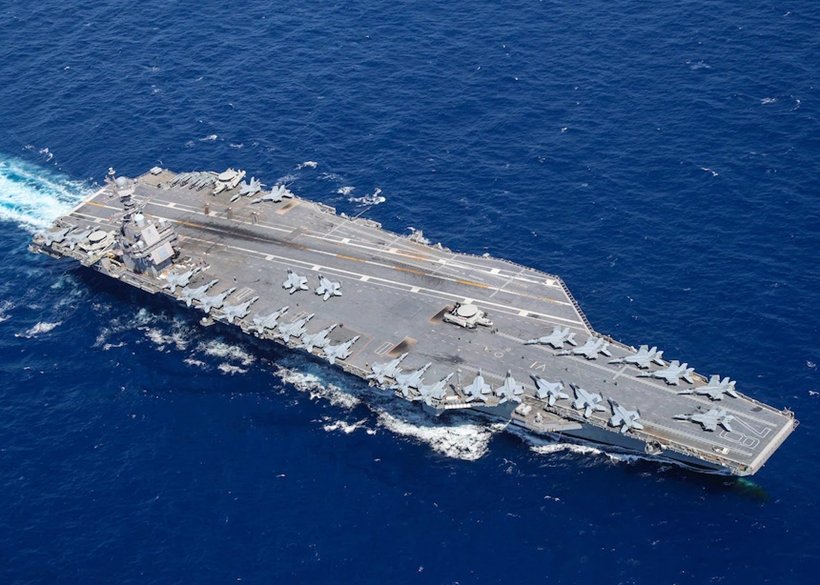
In early August 2024, the Pentagon redirected the USS Abraham Lincoln, accompanied by its destroyer escorts, from the Pacific to the Middle East. This deployment was complemented by an additional squadron of fighter planes and ballistic air defense units. The primary objective of this maneuver was to bolster defenses for Israel and U.S. forces stationed in Iraq and Syria, amidst concerns of imminent attacks by Iran and its proxies.
Subsequently, the deployment of the USS Theodore Roosevelt was extended following an attempted attack by Hezbollah on Israel. This extension ensured that two carrier strike groups remained operational in the Middle East, providing U.S. Central Command with enhanced capabilities to address potential regional conflicts.
**Strategic Objectives and Regional Implications**
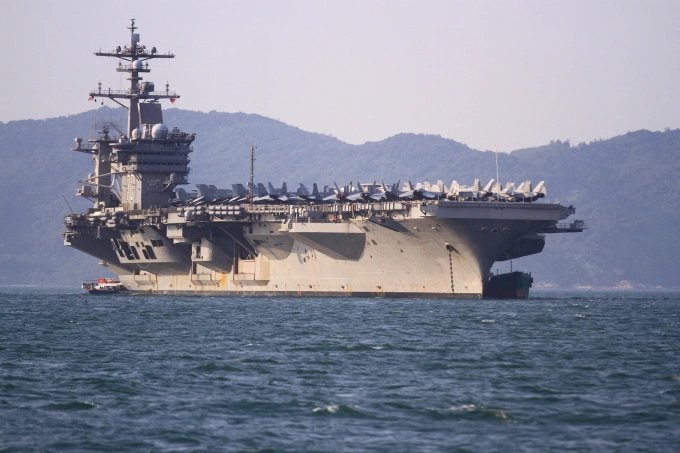
The augmentation of U.S. naval forces serves multiple strategic purposes. Primarily, it acts as a deterrent against Iran’s aggressive posturing and its support for militant groups such as Hezbollah and the Houthis in Yemen. The presence of formidable naval assets like aircraft carriers projects power and signals U.S. commitment to its allies’ security.
Moreover, these deployments aim to prevent the escalation of conflicts, particularly in light of Israel’s targeted assassinations of Iranian officials and militant leaders. The U.S. seeks to avert a broader regional war by demonstrating readiness to respond to any provocations.
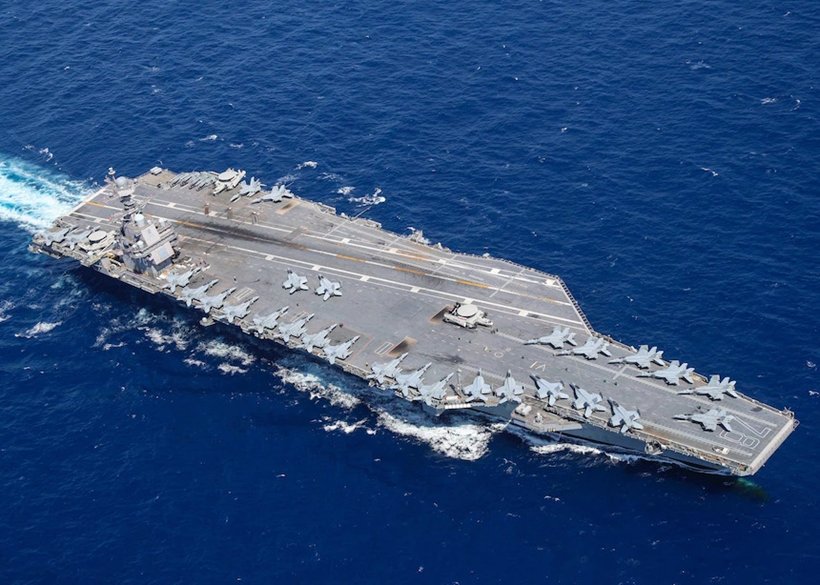
**Capabilities of Deployed Assets**
The USS Abraham Lincoln and USS Theodore Roosevelt are Nimitz-class aircraft carriers, each capable of carrying over 75 aircraft, including F/A-18 Super Hornets and E-2 Hawkeyes. These carriers are equipped with advanced radar systems and an array of defensive and offensive weaponry, enabling them to conduct a wide range of military operations.
Accompanying these carriers are guided-missile cruisers and destroyers, such as the USS Normandy and USS Gravely. These vessels enhance the strike groups’ capabilities with surface-to-air and surface-to-surface missiles, providing comprehensive defense and offensive options.
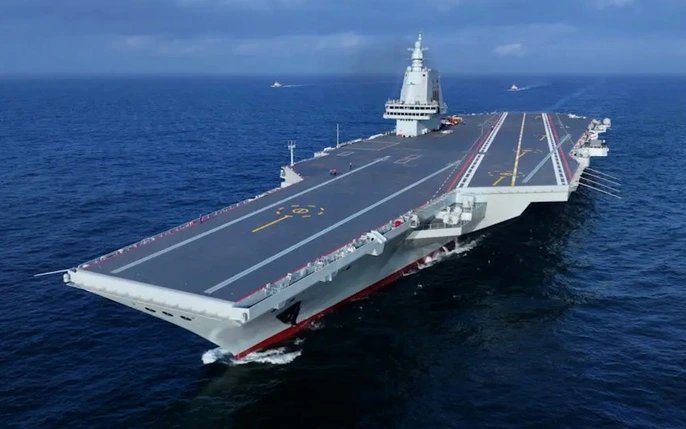
**Regional Reactions and Future Outlook**
The bolstering of U.S. military assets has elicited varied responses from regional actors. Iran has perceived these deployments as provocative, potentially exacerbating existing tensions. Conversely, U.S. allies in the region view the increased presence as a reassuring sign of support against shared threats.
Looking ahead, the sustained presence of U.S. aircraft carriers in the Middle East is likely to influence the strategic calculus of regional players. While intended as a deterrent, the situation remains fluid, and the potential for miscalculation or unintended escalation persists. Diplomatic efforts continue alongside military posturing, aiming to navigate the complex landscape of Middle Eastern geopolitics.
In conclusion, the United States’ decision to send additional aircraft carriers to the Middle East reflects a strategic commitment to regional stability and the deterrence of potential adversaries. This move underscores the intricate balance of power in the region and highlights the importance of maintaining robust defense capabilities to address evolving threats.
